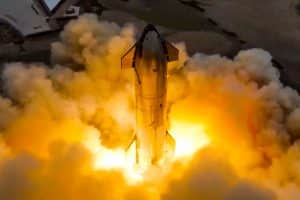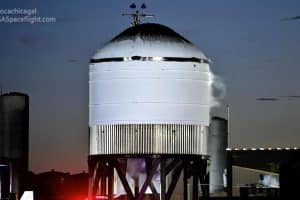For the third time ever, SpaceX has installed a Crew Dragon spacecraft scheduled to launch astronauts on the Falcon 9 rocket that’ll carry it to orbit, sailing past one of the mission’s last major preflight milestones.
Known as Crew-2, the NASA Commercial Crew Program (CCP) mission will be SpaceX’s second operational crew ferry mission after its operational Crew-1 debut launched flawlessly on November 15th, 2020. Since November 16th, the Crew-1 Crew Dragon has been docked to the International Space Station (ISS) in Low Earth Orbit (LEO) – marking at least two major firsts – and won’t return to Earth until Crew-2 has safely joined it at the station.
Simultaneously developed as part of the Commercial Crew Program, a raft of technical and organizational shortcomings have extensively delayed Boeing’s Starliner crew capsule, effectively forcing NASA to lean on SpaceX to pick up the slack with multiple back-to-back Crew Dragon missions. Organizational excellence aside, Crew-2 is also on track to secure two of the most significant reusability achievements in SpaceX’s long history of significant reusability achievements.
Mere days after a SpaceX Falcon 9 rocket and Crew Dragon spacecraft lifted off with NASA astronauts aboard for the first time ever, becoming the first crewed launch in history to use a commercially-developed rocket or spacecraft, the space agency effectively gave the company permission to fly its astronauts on flight-proven versions of those same vehicles.
While those plans have effectively fallen under the radar relative to other SpaceX activities, it’s not unreasonable to say that a successful Crew-2 launch with both a flight-proven Falcon 9 booster and Crew Dragon capsule would be one of the most significant technical achievements in the company’s history. At the bare minimum, it will be the most symbolically significant achievement in SpaceX’s history.
In essence, success would mean that SpaceX has unequivocally proven that a private company can develop – from scratch – methods of rocket and spacecraft reusability that are so successful and so reliable that perhaps the most risk-averse customer on Earth is willing to place the lives of its astronauts in the hands of those flight-proven spacecraft and rockets. If SpaceX can accomplish that feat with Falcon 9 and Crew Dragon, there is no practical reason to doubt that it can be repeated with Starship – a vehicle that has already piqued NASA’s interest.
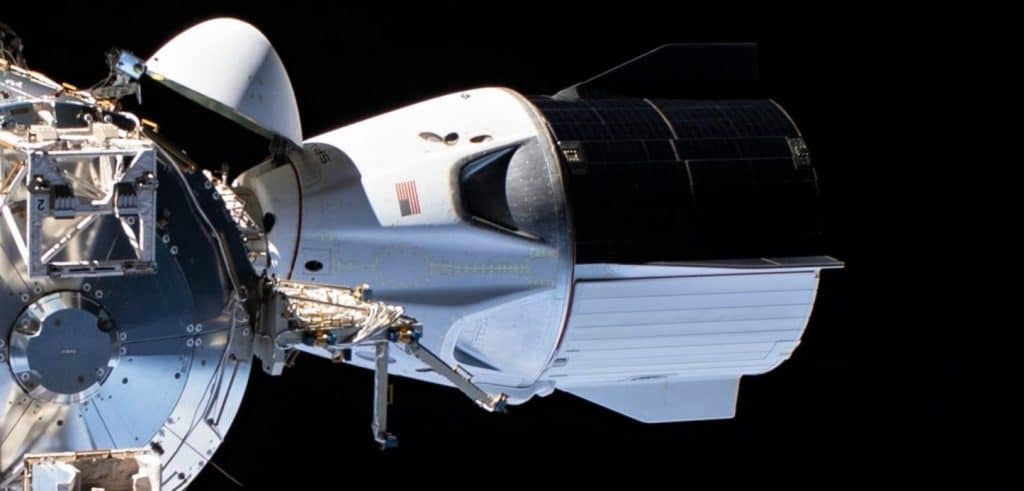
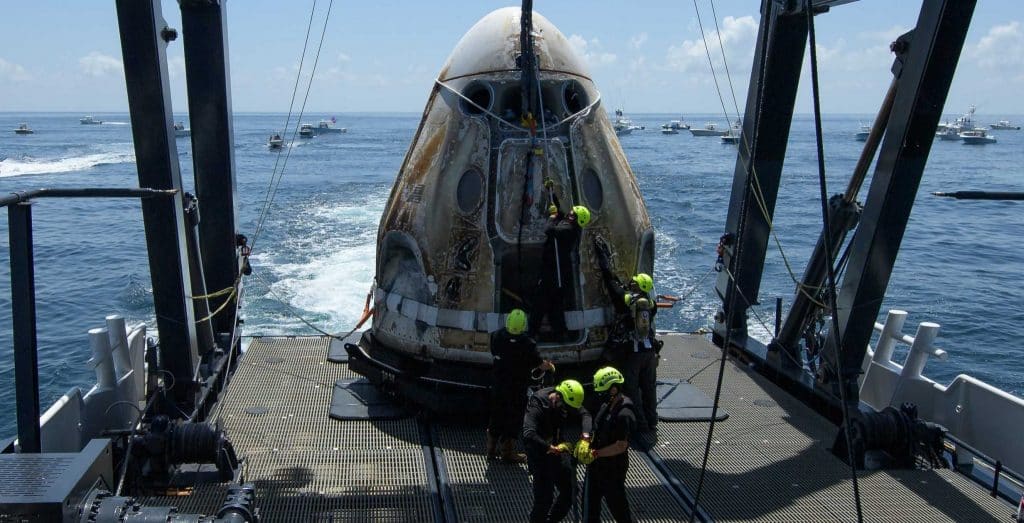
The Crew Dragon capsule assigned to Crew-2 debuted on May 30th, 2020 and carried NASA astronauts Bob Behnken and Doug Hurley to the ISS without any major issue, where it spent a little over two months in orbit. On August 2nd, the spacecraft safely reentered Earth’s atmosphere traveling around 7.5 kilometers per second (17,000 mph) and splashed down in the Gulf of Mexico with both astronauts none the worse for wear. Since then, SpaceX has disassembled the Dragon, carefully inspected every possible inch, and refurbished the vehicle for Crew-2.
Despite the historic nature of the task of qualifying and refurbishing the first commercial spacecraft in history that is expected to launch NASA astronauts twice, Crew Dragon C206’s turnaround will be the fastest in Dragon history – and by a margin of almost 40%.
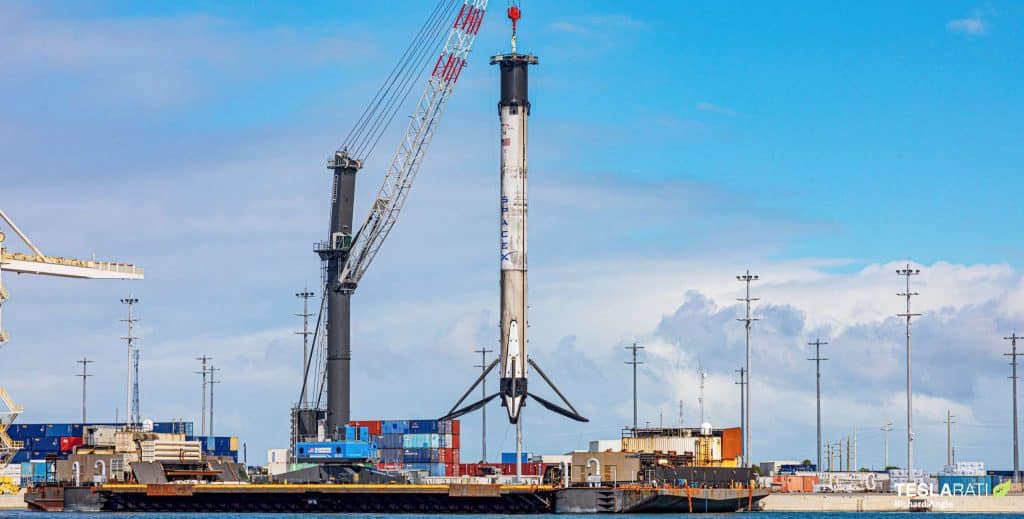
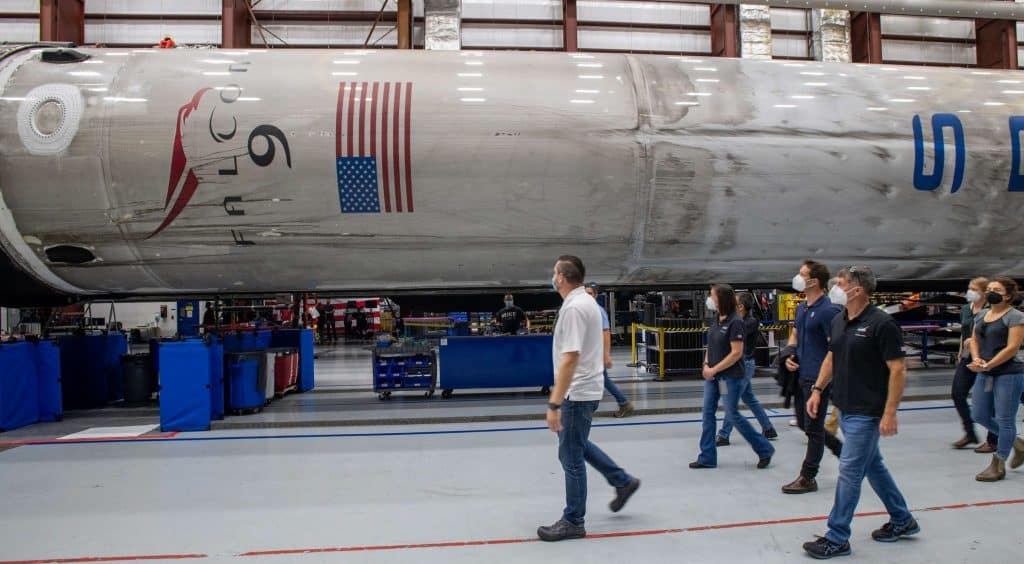
After acing its role in SpaceX’s first operational astronaut launch five months ago, Falcon 9 booster B1061 will also be flying for the second time on Crew-2 – especially fitting given that the Crew-2 will meet the only other spacecraft and astronauts launched on the same booster at the ISS. As of Thursday, April 15th, Crew-2 is seven days away from a launch planned no earlier than 6:11 am EDT (10:11 UTC) on Thursday, April 22nd. The flight-proven Dragon and Falcon 9 booster and a new, expendable upper stage are expected to roll out to Pad 39A within the next few days for an integrated static fire test 4-5 days prior to launch.



